Vegan Globetrotter is supported by our audience. When you purchase through one of our links, we may earn a small affiliate commission. As an Amazon Associate I earn from qualifying purchases. Your cost is not affected.
==================
Edible Mushroom Facts: Unveiling the Marvels of the Fungal Kingdom
Welcome back, mushroom enthusiasts! If you thought you’d explored the entirety of the captivating world of mushrooms in our last article, think again. Your enthusiasm and overwhelming response have spurred us to dive even deeper into fungi. So, fasten your seatbelts for another thrilling ride as we present “Exploring Edible Mushrooms: 50 Fun Fungi Facts (Part 2).” Get ready to be enchanted by the cultural symbolism, rich folklore, diverse species, and these remarkable organisms’ delightful culinary and health aspects.
In this exploration, we’ll unravel fascinating insights into the symbolism of mushrooms, their roles in various cultures, and why they’re so much more than just a delicious addition to your favorite dishes. Whether you’re a seasoned mycophile or a curious newcomer to the world of mushrooms, there’s always something new and exciting to discover.
So, come with us as we journey through facts 26 to 50, peeling back the layers of the intriguing and multifaceted world of edible mushrooms. From their symbolic roots embedded in cultures worldwide to the plethora of health benefits they bring, these mushroom marvels continue to captivate and inspire. Let’s embark on this fungal adventure together!
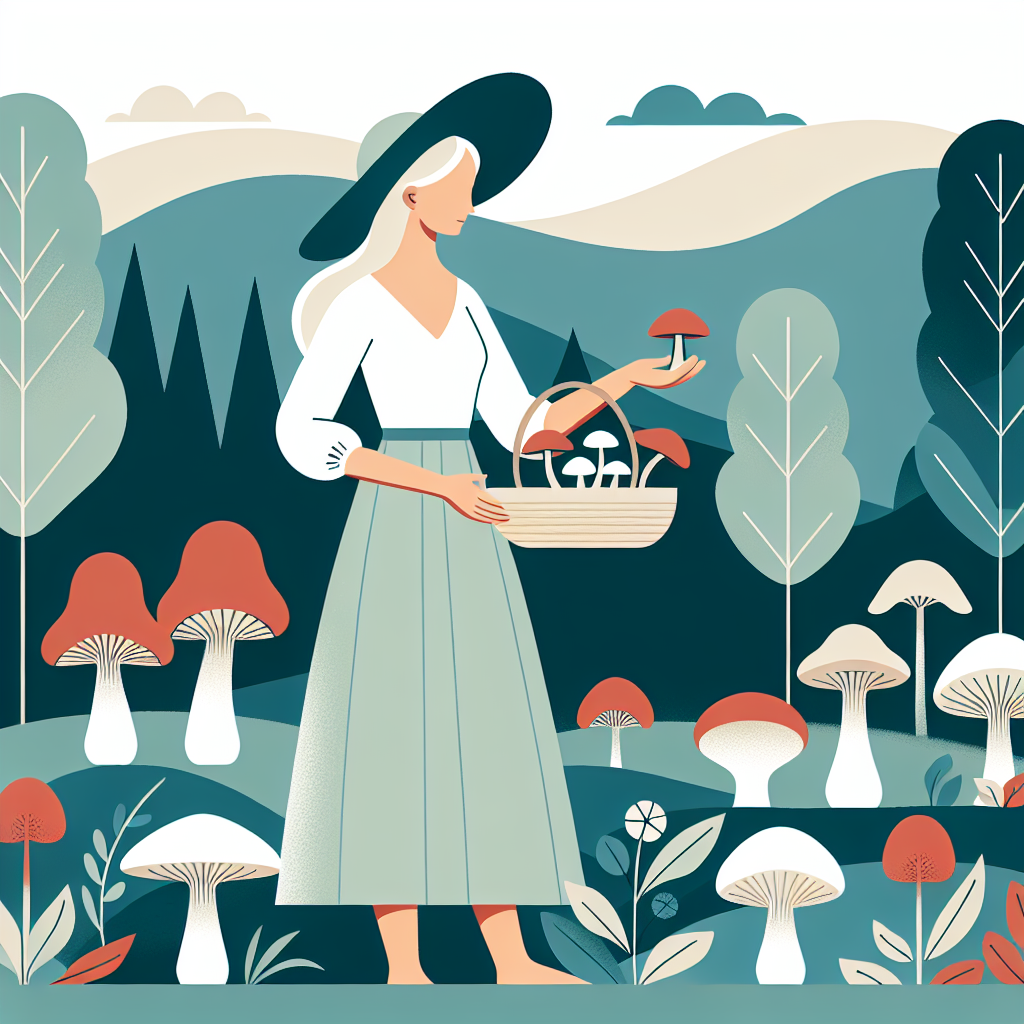
26. Mushrooms Are a Symbol of Fertility and Rebirth in Many Cultures.
In many cultures, mushrooms symbolize life, death, and regeneration cycles, often representing hope and renewal. For instance, in Chinese culture, they signify longevity and good fortune, while in Japanese culture, they are linked to the god of longevity, Ebisu.
The connection of mushrooms with fertility and rebirth arises from their appearance, growing in clusters as a symbol of abundance. Their frequent emergence in spring aligns with the season of new beginnings. Moreover, their growth location often associates them with the earth, symbolizing a source of life and regeneration.
For centuries, humans have revered mushrooms as a fascinating and mysterious organism symbolizing fertility, rebirth, and hope in many cultures.
27. Mushrooms Are a Popular Topic of Folklore and Mythology.
Mushrooms have long been a popular topic of folklore and mythology worldwide. They are often associated with magic, mystery, and the supernatural.
In many cultures, mushrooms are believed to be gateways to other worlds or dimensions. They are sometimes seen as symbols of fertility, rebirth, and transformation.
For example, in Norse mythology, the mushroom Amanita muscaria is associated with Odin. It is said that he would eat these mushrooms to induce visions and gain insight.
In Japanese mythology, mushrooms are often associated with longevity and good fortune. The mushroom Yamabushitake is said to be a gift from the gods and can grant immortality.
In many cultures, mushrooms are also used in folk medicine. They are believed to have various medicinal properties, including curing diseases, boosting the immune system, and improving mental health.
Some Other Examples of How Folklore and Mythology Use Mushrooms:
- In Celtic mythology, mushrooms are associated with the fairies. It is said that fairies often feast on mushrooms and that they can grant wishes to those who eat them.
- In Native American cultures, mushrooms are often used in spiritual ceremonies. They are believed to help people connect with the spirit world and gain insights into reality’s nature.
- In Chinese mythology, mushrooms are associated with longevity and good fortune. The mushroom Ganoderma lucidum is known as the “mushroom of immortality” and is said to be able to extend life.
Mushrooms continue to fascinate and inspire people around the world. They are a reminder of the power of nature and the mystery of the unknown.
28. Mushrooms Are a Fascinating and Diverse Group of Organisms.
Mushrooms thrive in various environments, ranging from forests and grasslands to decaying logs and underground. They play essential roles in ecosystems as decomposers, breaking down organic matter. Mushrooms have played significant roles in various cultures. They are revered in some societies for their medicinal properties, used in religious ceremonies, or appreciated for their culinary value.
29. There Are Over 10,000 Known Species of Mushrooms.
Mushrooms are incredibly diverse, with over 10,000 known species identified worldwide. This vast array encompasses a wide range of shapes, sizes, and ecological roles, contributing to the remarkable biodiversity within the fungal kingdom.
30. Scientists Are Still Studying Mushrooms, and There Is Still Much We Don’t Know About Them.
Despite the extensive knowledge of over 10,000 known mushroom species, scientists continue to study them, uncovering new species and gaining deeper insights into their ecological roles and potential benefits.
31. Mushrooms Are Delicious and Nutritious for People of All Ages.
Mushrooms are a delicious and nutritious food that everyone enjoys. They are a good source of protein, fiber, vitamins, and minerals.
Nutrients Found in Mushrooms:
- Protein: Mushrooms are a good source of protein, which is essential for building and repairing tissues.
- Fiber: Mushrooms are a good source of fiber, which can help to regulate digestion and promote gut health.
- Vitamins: Mushrooms are a good source of vitamins, including vitamin C, vitamin B1, and vitamin B2.
- Minerals: Mushrooms are a good source of minerals, including potassium, phosphorus, and selenium.
You can eat mushrooms raw, cook them, or dry them. Incorporate these delicious fungi into various dishes, including soups, stews, stir-fries, and salads.
Here Are Some of the Health Benefits of Mushrooms:
- Boosting the immune system: Mushrooms contain beta-glucans, which can help to boost the immune system.
- Reducing the risk of cancer: Mushrooms contain antioxidants, which can help to protect cells from damage that can lead to cancer.
- Lowering cholesterol: Mushrooms contain compounds that can help to lower cholesterol levels.
- Improving heart health: Mushrooms contain compounds that can help to improve heart health.
- Reducing the risk of diabetes: Mushrooms contain compounds that can help to reduce the risk of diabetes.
Mushrooms are a delicious and nutritious food for people of all ages. They are a good protein, fiber, vitamins, and minerals source and have many health benefits.
Here Are Some Additional Tips for Incorporating Mushrooms Into Your Diet:
- Choose mushrooms that are fresh and firm.
- Wash mushrooms thoroughly before cooking.
- Cook mushrooms until they are tender.
- Add mushrooms to various dishes, such as soups, stews, stir-fries, and salads.
- Experiment with different types of mushrooms to find your favorites.
Mushrooms are a versatile and delicious food that people of all ages enjoy. They are a good source of nutrients and can help to improve your health.
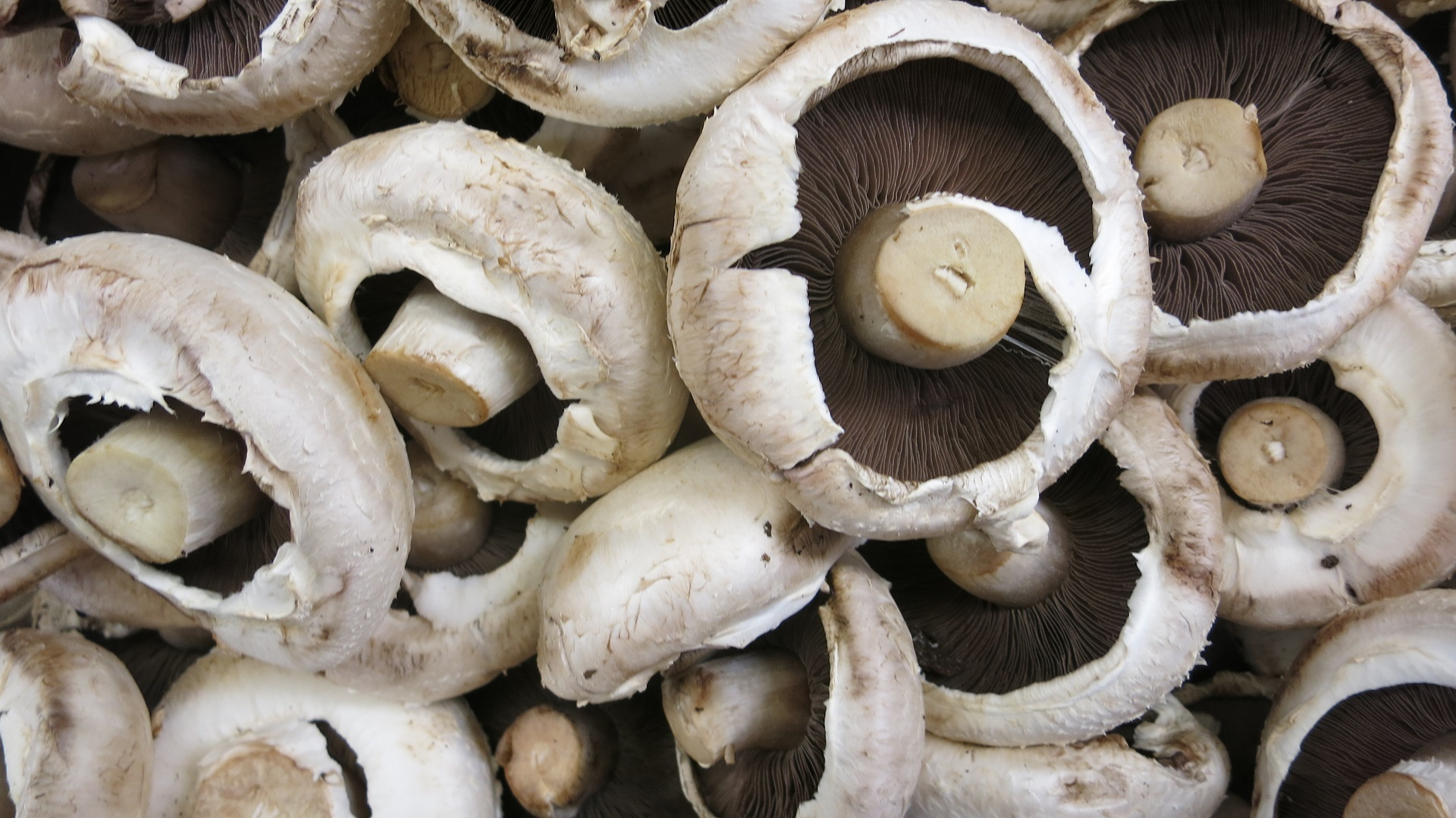
32. The Most Popular Edible Mushroom in the World Is the White Button Mushroom.
Globally consumed and acclaimed as the most popular edible mushroom among hen of the woods, the white button mushroom stands out for its mild flavor and versatility in various cuisines.
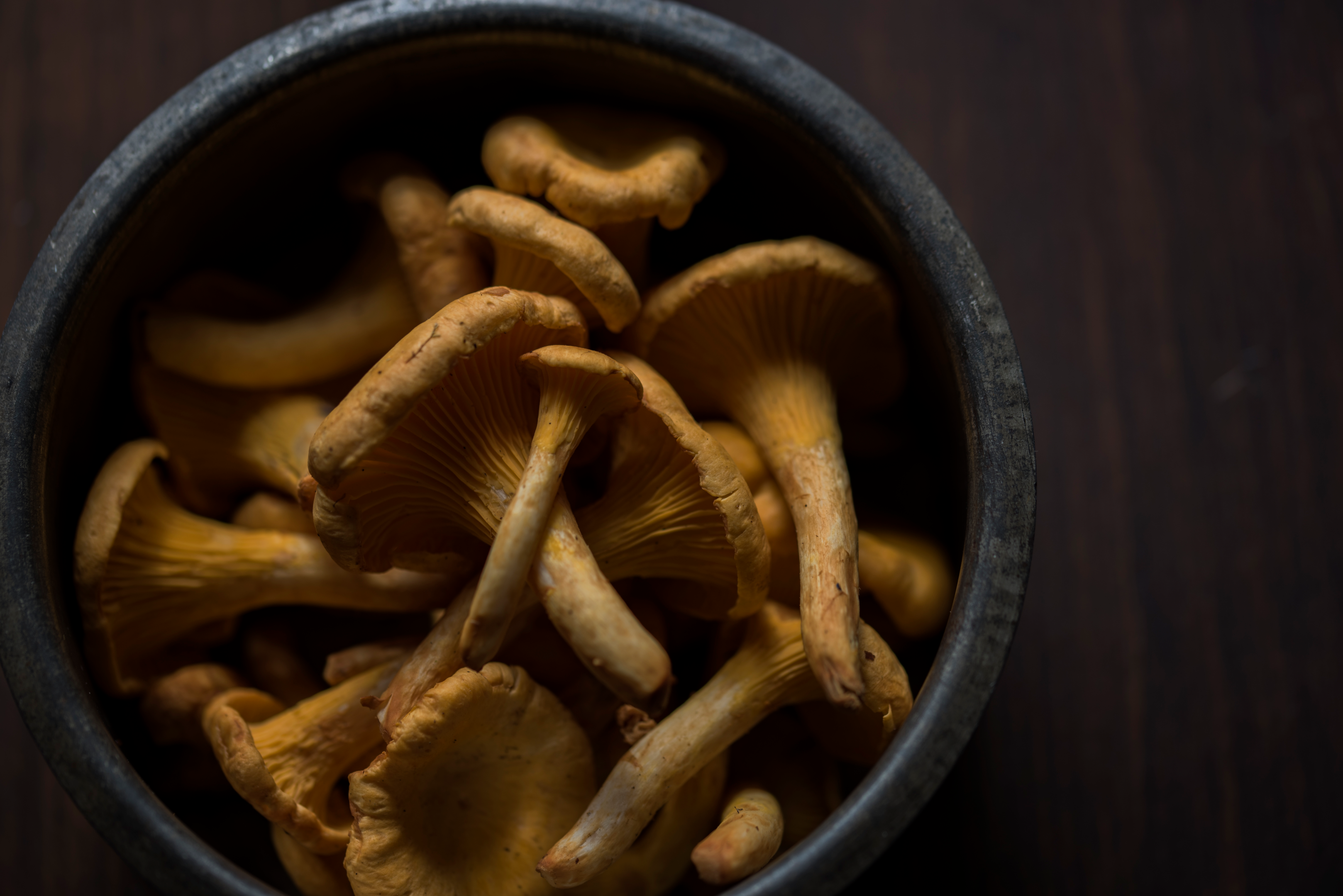
33. Shiitake Mushrooms Are Native to East Asia and Used for Centuries in Traditional Medicine.
We’re now on our 33rd fact for the 50 facts about edible mushrooms, part 2, and we’ll talk about Shiitake mushrooms. Shiitake mushrooms, native to East Asia, have a long history of use in traditional medicine, valued for potential health benefits.
34. “Hen of the Woods” Is the Known Moniker for Maitake Mushrooms, Prized for Their Delicate Flavor and Medicinal Properties.
These mushrooms, when you consume them, contain various health benefits, further emphasizing their potential medicinal properties.
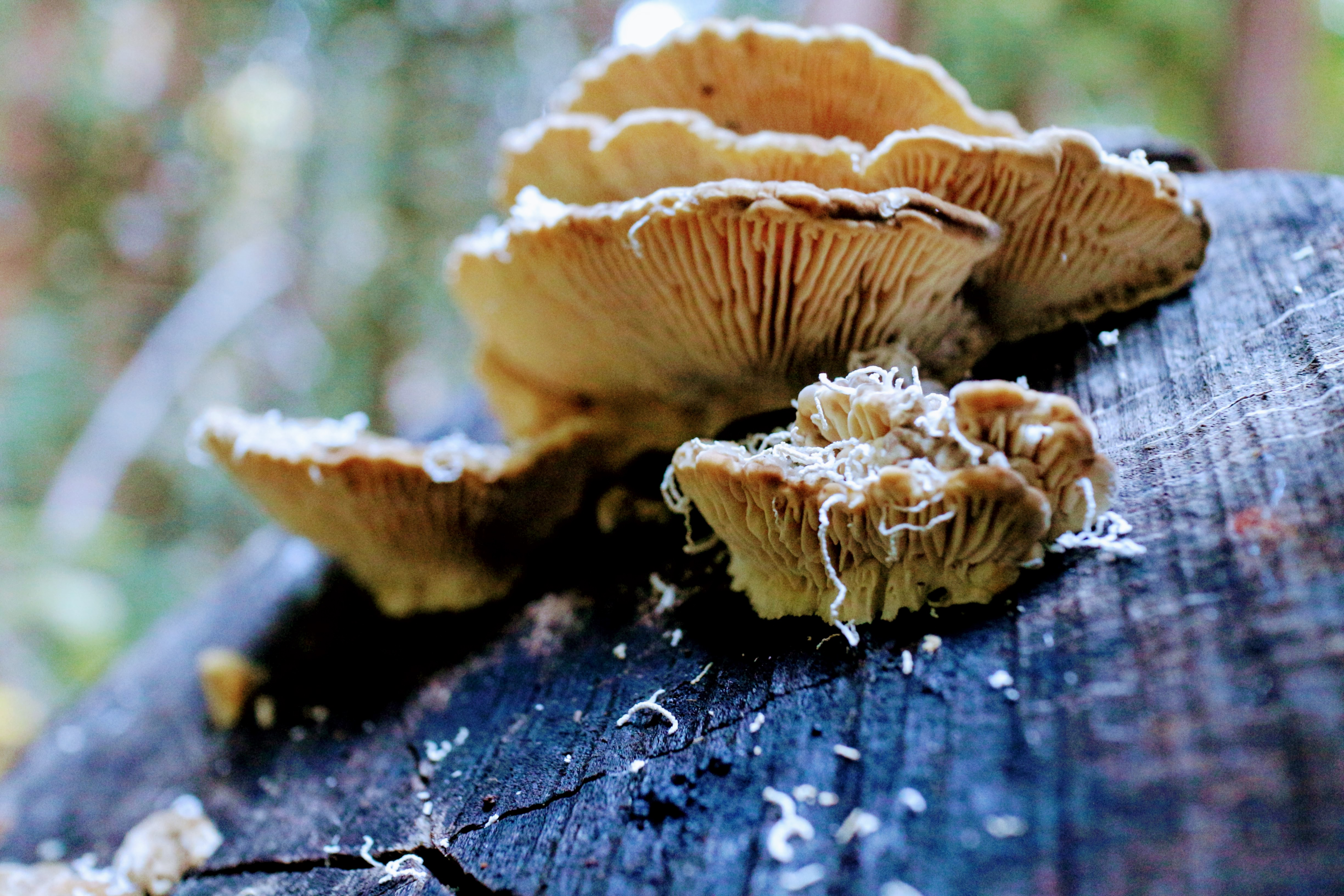
35. Porcini Mushrooms Are a Popular Ingredient in Italian Cuisine and Have a Rich, Nutty Flavor.
It is particularly well-suited for risotto, pasta dishes, and creamy sauces. Their robust taste complements meat dishes such as grilled steaks or roasted poultry. Additionally, you can use porcini mushrooms in soups, stews, and stuffing recipes, adding a savory and earthy element to the overall flavor profile of the dish.
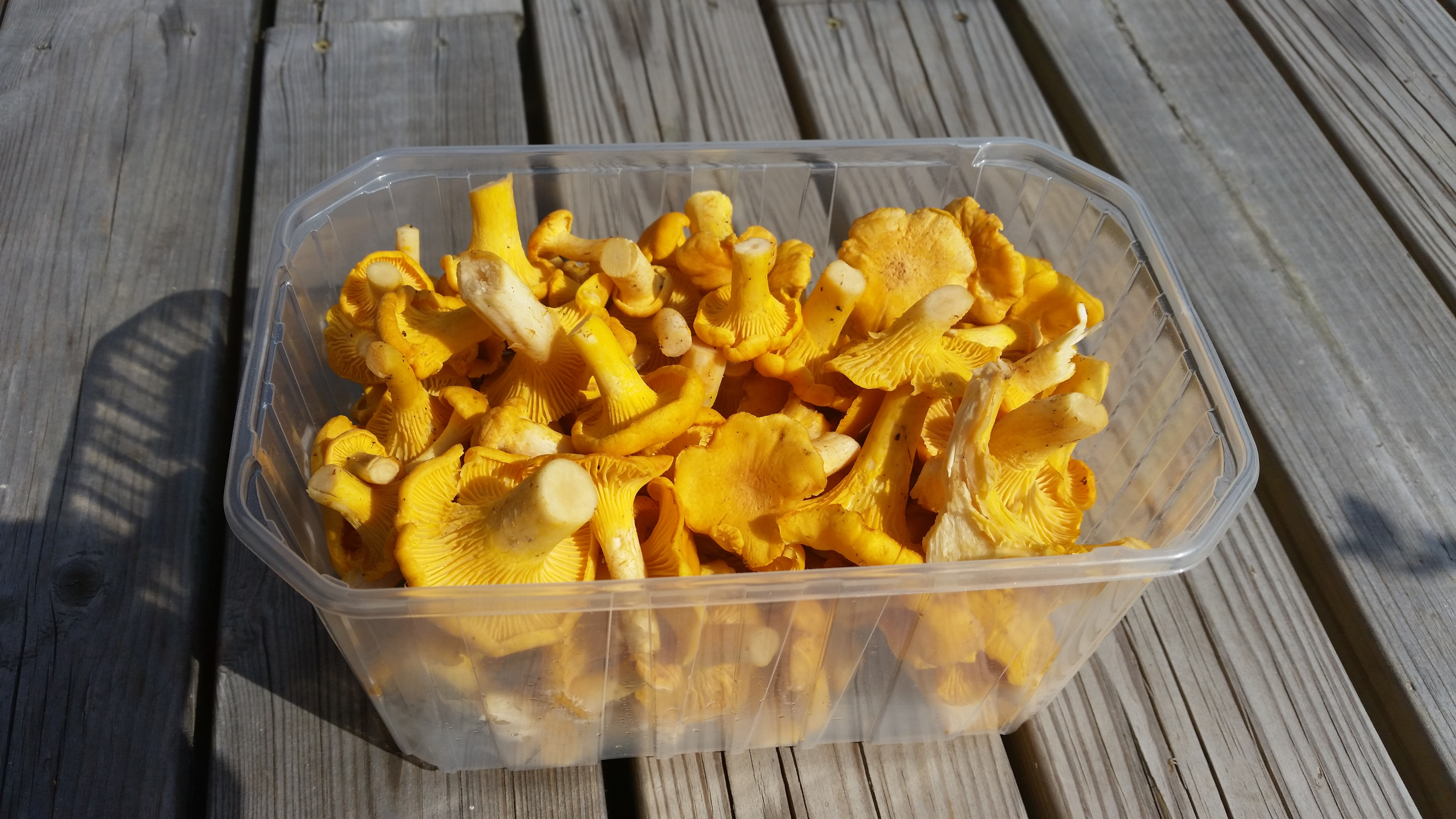
36. Chanterelle Mushrooms Are Bright Orange or Yellow and Have a Fruity, Citrusy Flavor.
Chanterelles can be sautéed in butter or grilled to highlight their distinctive flavor. They pair well with simple preparations to make their natural taste stand out. The fruity flavor of chanterelles can complement creamy sauces, enhancing the overall richness of the dish.
Consider incorporating them into a creamy pasta sauce or a mushroom soup.
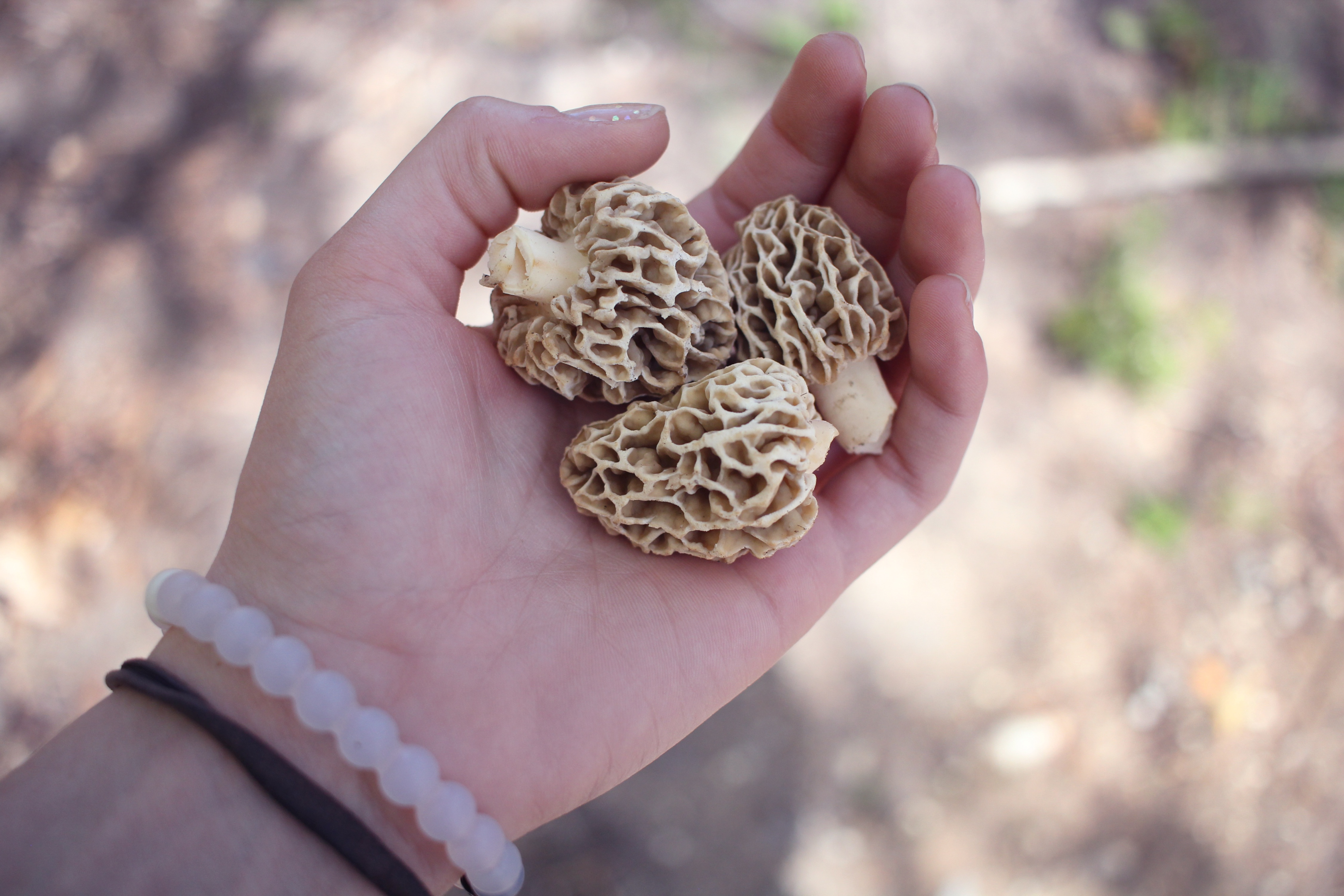
37. Morel Mushrooms Are a Springtime Delicacy and Have a Honeycomb-Like Appearance.
Commonly found in wooded areas during spring, morels emerge after the first warm rains. Gourmet cuisine seeks these mushrooms for their distinctive appearance and earthy, nutty flavor. Enthusiasts and chefs forage morels to elevate dishes like pasta, risottos, and sautés during their short and cherished season.
38. Truffles are the most expensive mushrooms in the world and are prized for their intense flavor.
Truffles, often hailed as the epitome of luxury in the culinary world, claim the title of the most expensive mushrooms globally. They develop underground in a symbiotic relationship with the roots of certain trees, and their elusive nature makes them challenging to harvest.
Truffles ar a captivating example of culinary extravagance in the expansive realm of edible mushrooms. Amidst the 50 facts about edible mushrooms, it’s noteworthy that truffles, with their unique status, symbolize the pinnacle of gourmet indulgence. Their rich, earthy, and aromatic qualities have made them a coveted ingredient in high-end cuisine, where their scarcity and luxurious essence add an unmatched allure.

39. Some Mushrooms, Such as the Shiitake Mushroom, Have Been Shown to Have Anti-Cancer Properties.
In lab studies, Shiitake mushrooms with bioactive compounds like lentinan and beta-glucans exhibit immune-modulating and anti-tumor effects. Though more research is necessary, including shiitake mushrooms in a balanced diet may support overall health and possibly play a role in cancer prevention and treatment. Always consult healthcare professionals for personalized medical advice.
40. Mushrooms Can Help Boost the Immune System and Fight off Infection.
Certain mushroom varieties, like shiitake and maitake, contain beta-glucans, a polysaccharide that enhances immune function, recognizing their potential to boost the immune system and combat infections. Beta-glucans stimulate various immune cells, promoting a more robust response against pathogens.
41. Mushrooms Are a Good Source of Fiber, Which Can Help Improve Digestion and Gut Health.
Mushrooms serve as a valuable source of dietary fiber, contributing to improved digestion and enhanced gut health. The fiber content in mushrooms aids in maintaining regular bowel movements and promoting a healthy digestive system. Fiber also acts as a prebiotic, nourishing beneficial gut bacteria, which play a crucial role in overall digestive and immune health.
42. Mushrooms Are a Low-Calorie Food That Can Help With Weight Loss.
Mushrooms stand out as a low-calorie food option that can benefit weight loss. With a high water content and low energy density, mushrooms provide volume and satiety without contributing many calories. Mushrooms make a nutritious, filling addition to meals, providing a satisfying and flavorful experience while managing calories. Their rich umami flavor enhances dishes without requiring excessive high-calorie ingredients, making them a valuable ally in weight management within a well-balanced diet.
43. Mushrooms, a Sustainable Food Source You Can Grow Indoors Year-Round.
Furthermore, you can cultivate this indoors, allowing for year-round production, reducing environmental impact, and providing a consistent supply of this versatile and eco-friendly food.
44. Mushrooms Are the Only Produce Source of Vitamin D.
Mushrooms uniquely contain ergosterol, converting to vitamin D when exposed to sunlight or UV light during growth or post-harvest. This sets mushrooms apart as rare plant-based sources of this essential nutrient, contributing to bone health, immune function, and overall well-being.
45. Button, Cremini, and Portabella Mushrooms Are All the Same Species, Agaricus bisporus, Just at Different Maturity Levels.
Button, cremini, and portabella mushrooms share a common origin as they all belong to the same species, Agaricus bisporus. The distinctions among them arise from different stages of maturity. Button mushrooms are the youngest and smallest, cremini mushrooms are a bit more mature, and portabella mushrooms represent the fully matured stage.
46. The World’s Most Expensive Mushroom Is the Matsutake Mushroom, Which Can Sell for up to $2,000 per Pound.
The Matsutake mushroom holds the prestigious title of the world’s most expensive, often fetching prices of up to $2,000 per pound. The scarcity of these mushrooms in the wild contributes to their high market value, making them a luxurious and prized ingredient.
47. Some Mushrooms, Such as the Oyster Mushroom, Are for Creating Leather and Other Materials.
Researchers have explored their potential for creating alternative materials, including leather-like substances. Shoemakers use the mycelium, the vegetative part of the fungus, to form a mycelium-based material that resembles leather. This sustainable and eco-friendly approach offers a promising avenue for reducing environmental impact in industries traditionally relying on animal products for materials like leather.
48. We Use Mushrooms in a Variety of Traditional Medicines, Including Chinese Medicine and Ayurvedic Medicine.
People have valued various mushroom species for their potential to promote health in traditional practices for centuries. The utilization of mushrooms in conventional medicine reflects the cultural and historical recognition of their potential therapeutic benefits.
49. Mushrooms Are a Good Source of Antioxidants, Which Can Help Protect Against Cell Damage and Disease.
Mushrooms offer a nutritious, filling, and flavorful addition to meals, aiding in calorie management. Their rich umami flavor enhances dishes without the need for excess high-calorie ingredients, making them a valuable ally in weight management within a balanced diet.
50. Mushrooms Are a Good Source of Prebiotics, Which Are Food for the Beneficial Bacteria in Our Gut.
Mushrooms serve as a valuable source of prebiotics, containing fibers and compounds that nourish the beneficial bacteria in the gut. These prebiotics promote the growth and activity of probiotics, contributing to a healthy and balanced gut microbiome. Incorporating mushrooms into the diet can be a flavorful and natural way to foster a positive environment for beneficial gut bacteria.
Unearth the Wonders of Edible Mushrooms – Part 2
As our journey through the mushroom kingdom draws to a close, we hope these edible mushroom facts have ignited your curiosity and deepened your appreciation for these extraordinary organisms. From cultural symbolism to the diverse roles they play worldwide, mushrooms truly are nature’s marvels.
But hey, if you haven’t ventured into Part 1 yet, don’t miss out! There’s a whole universe of mushroom magic waiting for you there. Dive into the first set of facts that kicked off this fascinating exploration, and who knows, you might discover even more reasons to love these fantastic fungi.
As we wrap up Part 2, we encourage you to continue exploring the world of edible mushrooms. Whether you’re a mycophile aficionado or a newcomer enchanted by the wonders of fungi, there’s always more to learn, more to savor, and more to love about these incredible gifts from nature.
Until our next exploration, happy mushroom hunting, and may your culinary and fungal adventures be nothing short of magical!
FAQs on 50 Facts About Edible Mushrooms
Are All Mushrooms With a Cap and Stem Safe to Eat?
Not all mushrooms with a cap and stem are safe to eat; accurate identification is crucial.
Do Mushrooms Have Any Health Benefits?
Many edible mushrooms offer health benefits, including antioxidants and potential immune system support.
Can Mushrooms Be Grown Indoors?
You can cultivate Mushrooms, providing a sustainable and year-round food source.
What Is the Most Expensive Mushroom?
The Matsutake mushroom is the world’s most expensive, fetching high prices in the market.
Are There Mushrooms With Medicinal Properties?
Certain mushrooms, like shiitake and maitake, have medicinal properties which are great for staying healthy.
Liked 50 Facts About Edible Mushrooms? Check Our Socials for More Related Content!
Join our Facebook community for a daily dose of plant-based inspiration! Discover delicious vegan recipes, connect with like-minded individuals, and stay updated on the latest trends in vegan living.
Follow us on Twitter for quick and bite-sized updates on all things vegan! Our tweets keep you informed and entertained, from mouthwatering recipes to exciting plant-based news. Join the conversation, retweet your favorites, and spread the joy of veganism together, 280 characters at a time!
Explore a visual feast of vegan delights on our Pinterest boards! From vibrant plant-based recipes to travel destinations for vegan foodies, our curated pins are a treasure trove of inspiration.
Dive into the vibrant world of veganism on our Instagram! Follow us for a daily dose of colorful and cruelty-free inspiration. Tag us in your vegan creations, and let’s build a visually stunning gallery of the vegan lifestyle together!



Don't miss out
when new recipes and information are added!
Join our newsletter for free recipes,
healthy living inspiration, and special offers
You have Successfully Subscribed!